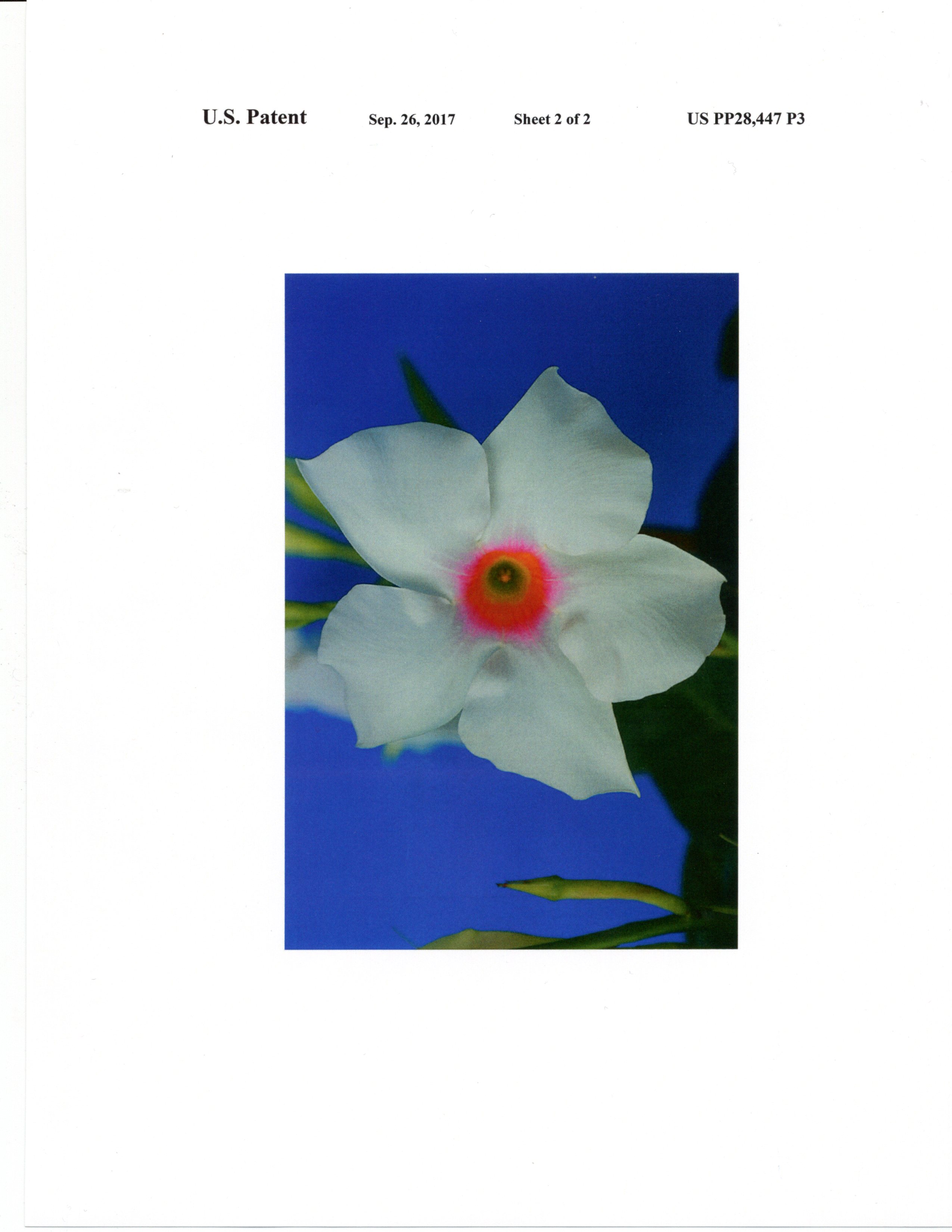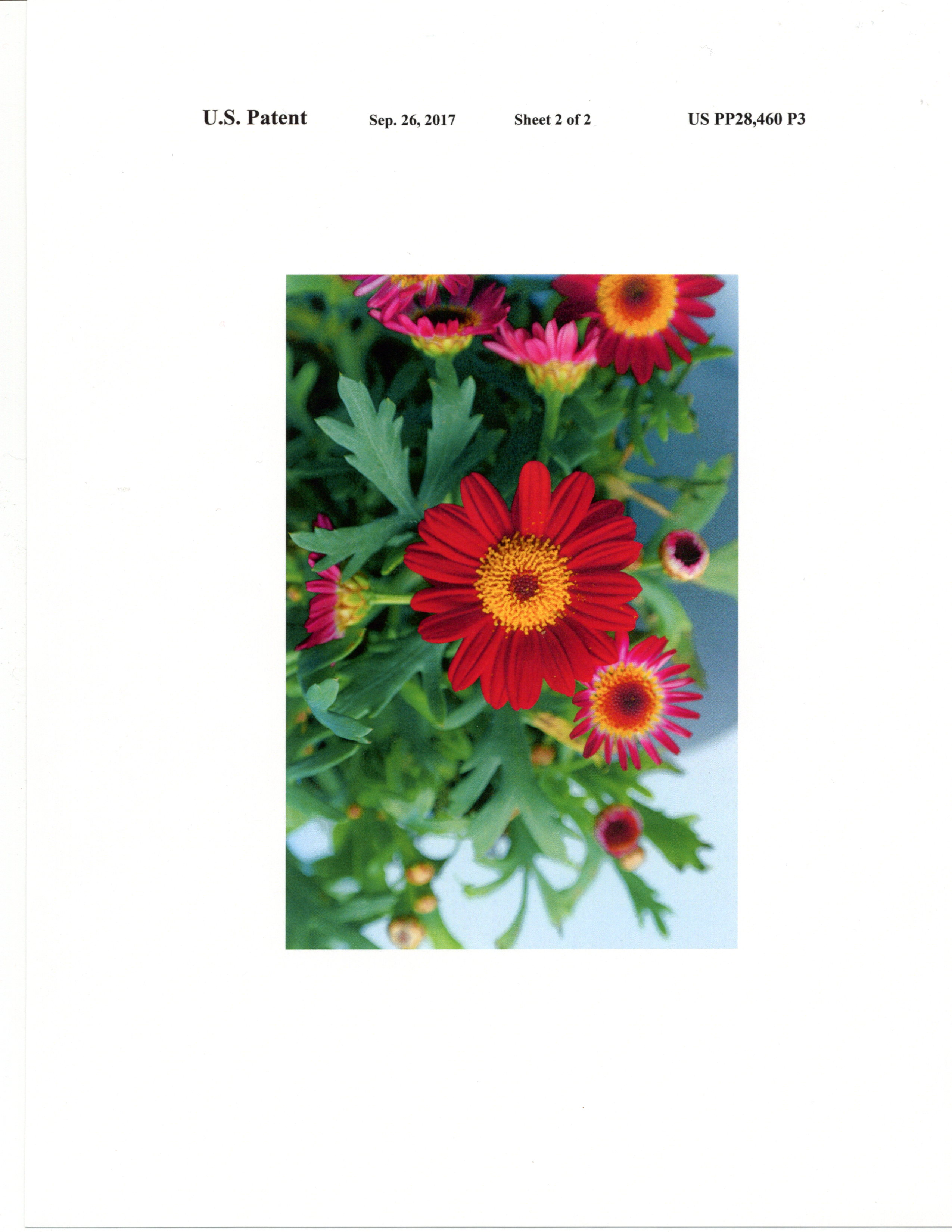
Patent and trademark search demonstrations are by appointment only. Remote appointments are now available using Google Meet.
Please call (631) 360-2480 x128 or email wsalas@smithlib.org to make an appointment.
This service is only available at our Smithtown Building. Until further notice, this service will be at our Nesconset Building.
What is the Patent & Trademark Resource Center?
The Smithtown Library is an officially-designated Patent & Trademark Resource Center (PTRC), part of a nationwide library network maintained by the U.S. Patent & Trademark Office (USPTO). PTRCs disseminate patent and trademark information and support the public's diverse intellectual property needs. The Library's staff can assist patrons in performing their own patent searches and with finding and using other research materials (The Smithtown Library staff are not able to conduct patent searches and cannot provide legal advice).
As a PTRC, The Smithtown Library offers:
- Free access to patent and trademark documents in various formats
- Resources for historical patent research
- Patent searching guides and other reference materials on intellectual property
- USPTO trained staff
- Access to plant patents in hardcopy format
- Private patent and trademark search demonstrations
Patents
Getting Started with Patents
Here are some useful websites, videos and tools:
- General Information Concerning Patents this guide from the USPTO explains what a patent is and how to get one.
- Patent Process Overview, an overview of a patent application and maintenance process.
- Here's a shortcut to the USPTO's search page, where you can search patents from 1790-present and published applications from 2001-present. Google Patents can be another place to start.
- Looking for an attorney? Click here to search for attorneys and patent agents who are registered to practice before the USPTO.
Doing business with the United States Patent and Trademark Office
Customers seeking access and use of the USPTO's Patent Electronic Systems may do so as either non-registered or registered users.
For more information call The Smithtown Library PTRC at (631) 360-2480 x128 or the USPTO's Electronic Business Center’s toll free number at (866) 217-9197.
You can also view our How to Become an eFiler video.
Important Patent Information
The chart below illustrates the difference between these two types of customers.
|
Non-Registered |
Registered |
|
|
File New Application |
yes |
yes |
|
Access Public Applications |
yes |
yes |
|
File Follow Up Papers |
no |
yes |
|
Electronically Save Material |
no |
yes |
|
Review Unpublished Submissions |
no |
yes |
|
Track Patent Application Online |
no |
yes |
In order for an invention to be patentable it must be new to the world, not just the U.S.P.T.O. Below are some international patent office databases where you may search for “prior art”. “Prior art” is the term used for evidence of previous knowledge of an invention.
PATENTSCOPE: The PATENTSCOPE database provides access to international Patent Cooperation Treaty (PCT) applications in full text format on the day of publication, as well as to patent documents of participating national and regional patent offices.
Espacenet: The European Patent Office offers free access to information about inventions and technical developments from 1836 to today.
Japan Patent Office: This site also provides access to machine translations of Japanese patents.
Korean Intellectual Property Rights Information Service: KIPRIS consists of a abasic search function for entry-level users and an advanced search funtion for experienced users.
IP Australia: IP Australia has a wealth of patent data dating back to the inception of the patent office in 1904. In 2008 we consolidated this information into one search system for Australian patent data - AusPat.
Canadian Intellectual Property Office: This database lets you access 150 years of patent descriptions and images. You can search, retrieve and study more than 2,350,000 patent documents.
WIPO (World Intellectual Property Organization) Intellectual Property Digital Library search international trademark registrations (Madrid system), international patent applications (PCT) and other databases; access guides, standards, laws, regulations, fees, statistics, FAQs, links and more.
A plant patent is granted by the United States government to an inventor who has invented or discovered and asexually reproduced a distinct and new variety of plant, other than a tuber propagated plant or a plant found in an uncultivated state. The grant lasts for 20 years from the date the application was filed.
Due to differences in computer hardware and software such as scanners, scanning software, browsers and computer monitors, among others, digital images cannot be exactly the same as those on the paper copies. Therefore, it is strongly suggested that you visit a PTRC like the one at The Smithtown Library to research plant patents. The Smithtown Library offers official paper copies from PP10,172 - Present.
If you wish to begin your preliminary plant patent research digitally before viewing the paper copies, the following organizations are recommended:
- The University of Maryland Plant Patent Database https://www.lib.umd.edu/plantpatents. Contains PP10,172 - PP26,060.
- New York Public Library: US Patents: Index to Plant Patent Color Images https://www.nypl.org/collections/nypl-recommendations/guides/plant-patents-2012 . Contains PP22,648-PP28,717.
- RUSS: Russ Allen hosts this web resource. Mr. Allen is a long time advocate for intellectual property http://historicip.com/patents/plants/search.php. Contains PP1-PP3986
Featured Plant Patents

Climbing Rose
PP28,436 Climbing Rose Plant Named 'BAIPEACESAR'

Mandevilla
PP28,447 Mandevilla Plant Named 'LANFLORIDA'

Argyranthemum
PP28,460 Argyranthemum Plant Named 'SUN 480'

Nectarine Tree
PP30,145 Nectarine Tree Named 'PEARLICIOUS XX'
Getting Started with Trademarks
Trademark Basics: what you should know before filing.
Trademark Information Network: the USPTO has created a series of newscast-style videos to help you understand trademarks.
Overview of Trademark Law: this overview from the Berkman Center for Internet & Society at Harvard University included links to United States Codes as well as case studies.
Domains
Domain names are the “addresses” to websites. The first to pay for the available domain name will receive it. Before you purchase a domain name you should check if the name conflicts with a registered trademark. You may be prevented from using a domain name if the name is similar to and registered as a trademark to a company selling similar goods and services.
InterNic: Offers public information regarding Internet domain name registration services. Includes a list of approved registrars.
ICANN: This organization oversees the process of approving domain name registrars. Includes a list of approved registrars.
WHOIS: If a domain is taken, you may wish to locate the owner and discuss acquiring the name. For information about who owns a domain name visit: www.networksolutions.com/whois or www.whois.net
The .com portion of your domain name is called a top-level-domain TLD. You are not limited to using .com for your business' TLD. To view hundreds of available TLDs visit IANA: Internet Assigned Numbers Authority.